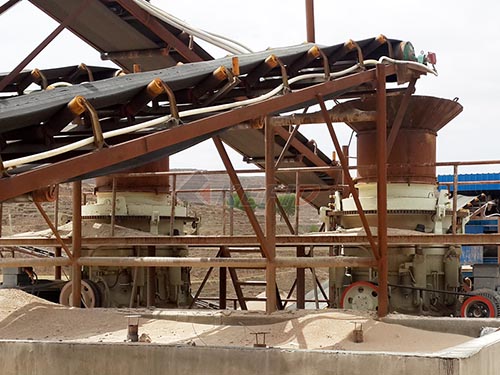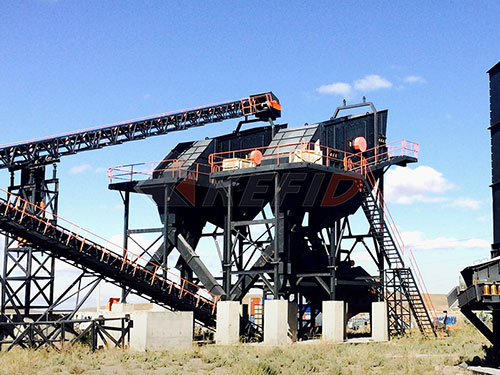The Mighty 48×60: How Big Projects Leverage Concrete Jaw Crushers for Maximum Efficiency
The landscape of large-scale construction, demolition, and infrastructure renewal is dominated by colossal challenges. Mountains of reinforced concrete from decommissioned structures, vast quantities of virgin aggregate needed for new builds, and the relentless pressure to recycle materials efficiently demand equally formidable solutions. Enter the workhorse of heavy-duty primary crushing: the 48” x 60” (1220 x 1524 mm) Concrete Jaw Crusher. This isn’t just another piece of equipment; it’s a cornerstone strategy for ambitious projects where scale, durability, and productivity are non-negotiable.
Understanding the Beast: What a 48×60 Jaw Crusher Represents
The designation “48×60” refers to the size of the crusher’s feed opening – 48 inches wide and 60 inches long. This massive aperture is the first indicator of its capabilities:


1. Raw Power & Capacity: Designed to handle enormous chunks of concrete, often directly fed by large excavators (like 400-size class or larger), or from primary demolition shears/hammers. These machines are engineered to swallow concrete slabs with embedded rebar, entire foundation chunks, and demolition debris measuring several feet across.
2. Throughput Champion: Equipped with robust eccentric shafts, heavy-duty bearings, and massive flywheels, a well-maintained 48×60 jaw crusher can process anywhere from 300 to over 800 tons per hour (TPH) of concrete rubble into valuable aggregate. The exact output depends on:
Material Hardness & Composition: Pure concrete vs. heavily reinforced concrete.
Feed Size Distribution: Consistency of incoming material size.
Crusher Settings: The closed-side setting (CSS) determining final product size.
Machine Design & Condition: Specific model capabilities and maintenance state.
3. Built for Brutality: These crushers are constructed with incredibly thick steel plates (wear plates, cheek plates), high-tensile strength frames, and components designed to withstand immense shock loads from uncrushable objects (like tramp metal) passing through or being cleared via hydraulic systems.
Why “Big” Chooses the 48×60 for Concrete Crushing
Large contractors and specialized recycling operations don’t select this size lightly. The investment is significant – requiring powerful prime movers (often track-mounted or large trailer setups) and substantial operational logistics. The justification

Leave a Reply